India’s roads are evolving, and so is the way we travel. One of the biggest changes in recent years has been the introduction of FASTag — a small sticker that’s making a big difference across highways in the country. But what exactly is FASTag, how does it work, and why is it being seen as a game changer for Indian roads?
Let’s break it down in the simplest way possible.
What Is FASTag?
FASTag is a radio-frequency identification (RFID) based sticker that you stick on the windshield of your vehicle. It lets you pay tolls automatically without stopping at toll booths.
Instead of handing over cash or swiping a card, your FASTag is scanned as you drive through, and the toll amount is deducted directly from your linked prepaid account or bank wallet.
The system is run by the National Highway Authority of India (NHAI) and has been made mandatory for all vehicles since February 2021.
How FASTag Works – Simple Explanation
Here’s a real-life-like scenario to understand FASTag easily:
Imagine you’re driving on a highway and approaching a toll plaza. Normally, you’d stop, wait in line, take out money or a card, and pay the toll.
With FASTag, you don’t need to stop. A sensor scans your car’s FASTag as you pass through, and the toll is automatically paid. You keep moving — no queue, no hassle.
This is possible because:
- Your FASTag has an RFID chip.
- The toll booth has RFID scanners.
- When scanned, the tag is linked to your account, and the toll fee is instantly deducted.
Where Do You Get FASTag From?
You can get a FASTag from:
- Banks like SBI, ICICI, HDFC, Axis Bank, etc.
- Digital wallets like Paytm, PhonePe, Amazon Pay.
- Petrol pumps and selected RTOs (Regional Transport Offices).
- Online from the official NHAI FASTag portal.
Once you receive the tag, you’ll need to activate it by linking it to your vehicle and your bank or wallet account.
Benefits of FASTag for Everyday Drivers
FASTag isn’t just about technology — it actually makes life easier. Here’s how:
1. Saves Time
You don’t have to stop at toll plazas. It cuts down waiting time, especially during peak traffic hours or long weekend travels.
2. Saves Fuel
Less idling at toll booths means less fuel wasted. That’s good for your pocket and better for the environment.
3. Cashless Convenience
No need to carry cash or look for change. Everything is digital.
4. Recharge Anytime, Anywhere
You can recharge your FASTag online through apps or UPI. It’s simple and quick.
5. Transaction Alerts
You get SMS or app notifications every time a toll is deducted. So, you always know where your money is going.
6. Cleaner Highways
With fewer vehicles stopping and starting, traffic flows better and reduces congestion and pollution.
Impact of FASTag on Indian Highways
Now comes the big question — how exactly is FASTag changing India’s highways? The impact is bigger than most people realize:
1. Faster Traffic Movement
Toll plazas that once caused massive traffic jams are now smoother. In fact, some toll booths have seen a 40–50% drop in waiting times.
2. Better Toll Collection
Since everything is digital, toll collection is now more accurate and transparent. This helps the government plan better roads and infrastructure.
3. Less Corruption and Leakage
Manual toll collection often led to corruption or misuse. FASTag closes those loopholes.
4. Promotes Digital India
FASTag is one of the most successful examples of India’s push toward digital payment systems.
5. Data for Better Planning
FASTag records vehicle movement in real-time. This data helps authorities plan road expansion, traffic diversion, and emergency services better.
What If You Don’t Have FASTag?
If you’re driving without FASTag through a toll plaza that accepts it (which is now most toll booths in India), you’ll need to pay double the toll fee.
Yes, you read that right — double the toll.
This rule was enforced to encourage every vehicle owner to use FASTag and to stop the habit of paying cash at tolls.
Common FASTag Issues and How to Solve Them
Even though FASTag makes highway travel easier, users sometimes face a few common problems. Here’s how you can handle them if they happen to you:
1. Toll Not Deducted or Charged Twice
If the toll isn’t deducted, or if you’re charged twice for a single pass, don’t worry. Contact your FASTag provider through their customer care number or app. Share the transaction details, and they will usually refund the extra amount after checking the records.
2. FASTag Not Working at the Toll Plaza
This can happen if the FASTag is not properly placed on the windshield, or if your account has low balance. Make sure the tag is visible and clean, and always keep some balance in your FASTag wallet before hitting the highway.
3. Recharge Not Showing Up
Sometimes, a recharge may take a few minutes to reflect. If it still doesn’t appear, refresh the app or check the balance later. If the issue remains, contact the wallet or bank from where you recharged.
4. Wrong Toll Amount Charged
If you’re charged more than the correct amount, raise a dispute through your FASTag provider’s customer support. You’ll need to share the transaction ID, date, and your vehicle details. In most cases, such issues get resolved in a few working days.
Tip: Always check your FASTag balance before a long drive and keep SMS alerts turned on so you can monitor each transaction in real-time.
FASTag Beyond Highways – What’s Next?
FASTag is no longer just for tolls.
- It’s being used for parking fee payments in some metro cities.
- In future, it may be used for fuel payments or city road tax collection.
- Government also plans to track vehicles for law enforcement and accident response using FASTag data.
So, the system that started as a toll tool is slowly becoming part of a larger digital transportation network in India.
Final Thoughts
FASTag may look like just a sticker, but it’s changing how India moves — faster, smarter, and more efficiently. For drivers, it’s about saving time and avoiding hassles. For the country, it’s a step toward a modern transport system.
Whether you’re a daily commuter or an occasional highway traveller, using FASTag is no longer an option — it’s a necessity.
For more such useful and easy-to-understand automotive updates, make sure to follow DailyWheels — your companion on every road.
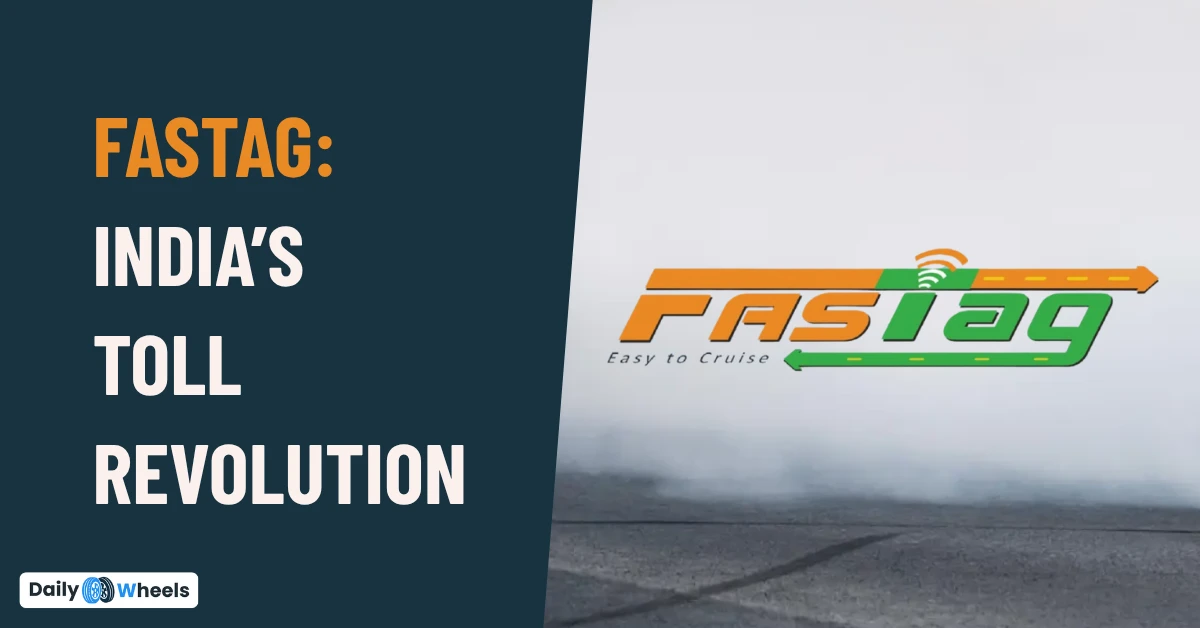
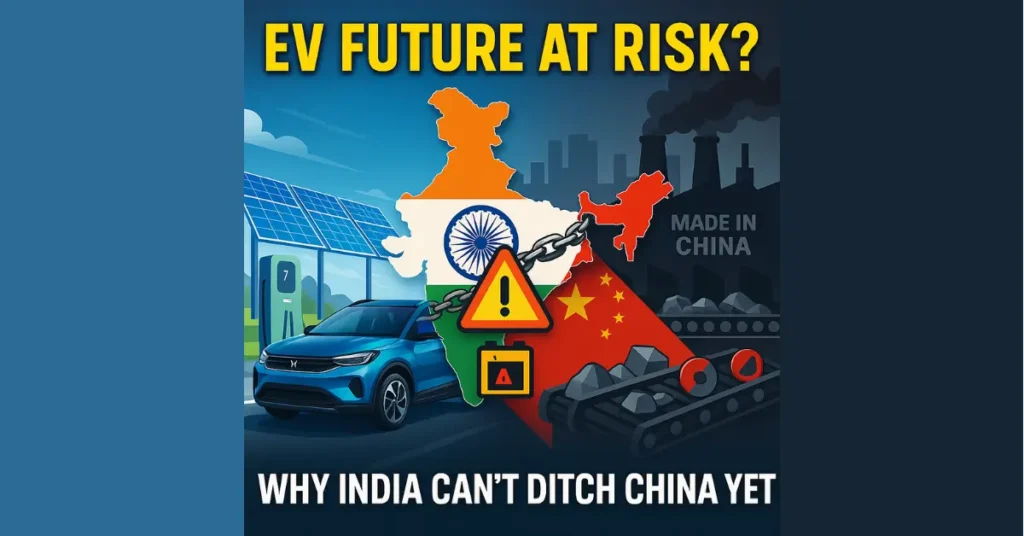
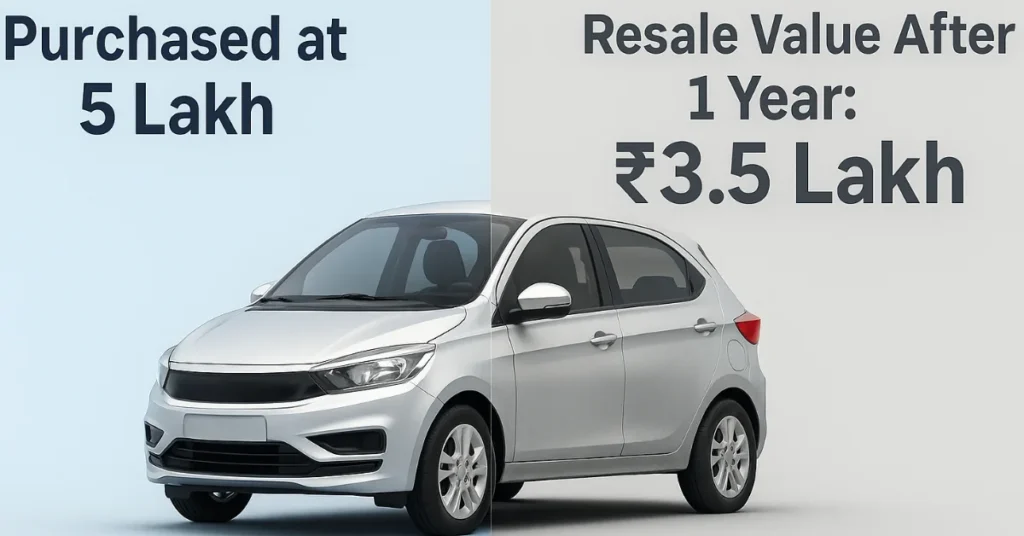
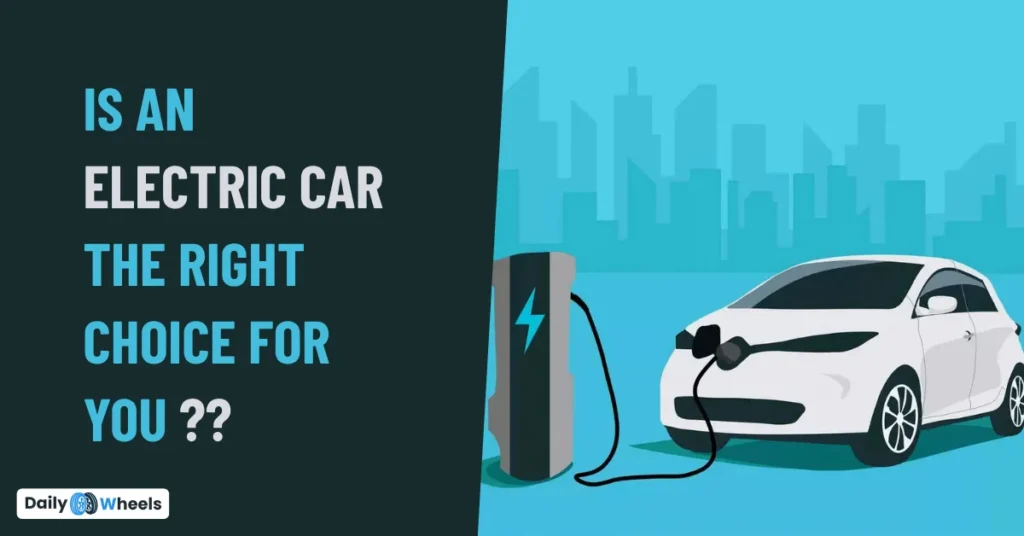
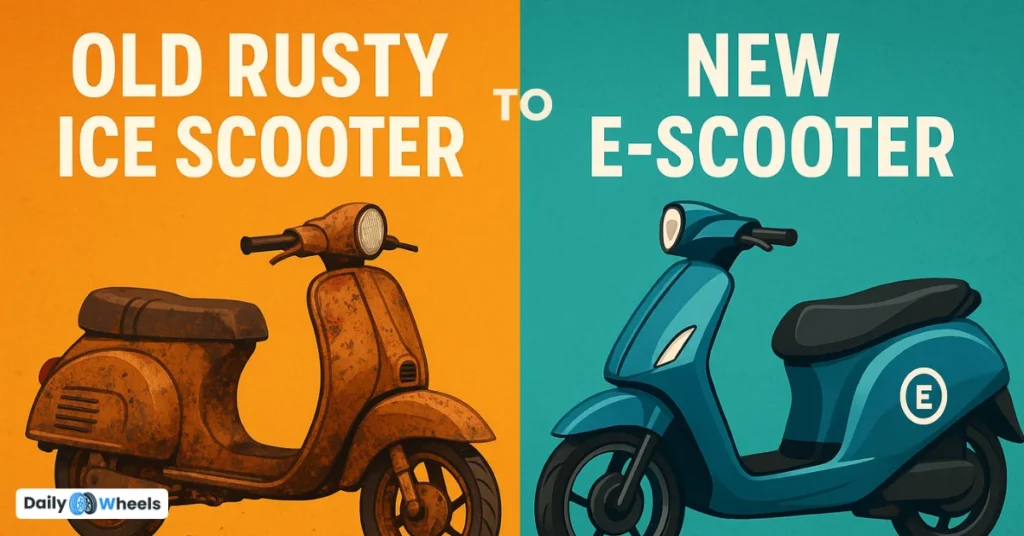

Pingback: Why Indian Cars Are Still Unsafe Compared to Global Versions? – DailyWheels